As Biddulph Recordings releases a 2-CD set of the violinist’s historic recordings on 17 May, learn more about Isolde Menges’s illustrious career and influence

Discover more Featured Stories like this in The Strad Playing Hub
Early life
Isolde Marie Menges was born to violinist parents on 16 May 1893 in Hove, Sussex. Her German father and English mother ran a music school in nearby Brighton, so it was natural for the young Menges to follow in their footsteps. After considerable groundwork provided by her parents, the young prodigy gave her first recital from memory at the age of three and a half. Following her initial studies with her parents, she worked with both Emil Sauret and Leon Sametini in London.
In 1909, at the age of 16, Menges left England and entered the class of the legendary Leopold Auer in St Petersburg. Not only was Menges among the vanguard of Auer’s pupils, but she was also considered by him to be ‘one of the most gifted’. Despite Menges’s active performing career in her late teens, she – like her contemporary Kathleen Parlow – continued to study with Auer every summer at his retreat in Christiana, Norway, until he emigrated to the US in 1918. Afterwards Menges also worked briefly with the noted pedagogue Carl Flesch.
Career
Menges made her concerto debut at the Queen’s Hall in London on 4 February 1913, playing the Tchaikovsky Concerto and Lalo Symphonie espagnole with the Brighton Municipal Orchestra conducted by Lyell Taylor. The review commented on her ‘remarkable command of the bow and an almost childish delight in displaying her mastery’. Describing ‘her tone as extraordinarily pure and her style clean and crisp’, the reviewer noted further that ‘sometimes the conductor had to restrain her when she was on the point of making off with a passage at breakneck speed’. Nevertheless, ‘her phrasing was of the impulse kind which makes such frankly bravura music as this entertaining’.
Following the success of her London debut, further performances included appearances with the New Queen’s Hall Orchestra under Henry Wood and the London Symphony Orchestra under Bruno Walter, as well as with Royal Philharmonic Society. Often featured performing two concertos, she paired the Beethoven and the Wieniawski concertos as well as the Brahms and the Glazunov concertos in her early career. Her engagements abroad included performances of the Brahms Concerto and Lalo Symphonie espagnole with Ernest Bloch conducting, and the Beethoven and Brahms concertos with Mengelberg and his Concertgebouw.
Following her successful American debut in 1916, she decided to remain there through the duration of the Great War. This was partly due to the fact that her loyalty to Great Britain was called into question because of her German heritage through her father’s side. In 1918, she spent several months teaching in Canada. After the War was over, however, she returned back to England in 1919. The year after, she married the composer Harold Tod Boyd, with whom she had a son.
Although her memory has been overshadowed by the emergence of the more charismatic figures from Auer’s hot house, it is no way detracts from Menges’s impressive all-around career. Preferring to limit her travels abroad, she played throughout Britain and was an annual guest soloist at Henry Wood’s Proms. She performed numerous works by British composers, and gave the UK premiere of Ernst Von Dohnanyi’s Violin Concerto No.1 in 1923. In addition to solo concerts, she was drawn to chamber music and formed a much admired piano trio with cellist Ivor James and the noted pianist Harold Samuel. In 1931 she founded the Menges Quartet with Ivor James, Beatrice Carelle (second violin) and John Dyer (viola). Featuring Beethoven regularly in their concerts, the Menges Quartet was one of the first to present the composer’s complete 16-quartet cycle before the Second World War.
In addition to performing Menges was concerned about the future of music education in Britain and gave hundreds of free concerts to schoolchildren. In 1931 she joined the staff of the Royal College of Music where she remained for nearly 40 years. After her retirement from teaching in 1969, the college established a prize in her name. She played a violin made in 1714 by Guarneri ‘filius Andrea’ (the father of Guarneri ‘del Gesù’) which she kept until her death on 13 January 1976 in Richmond, Surrey.
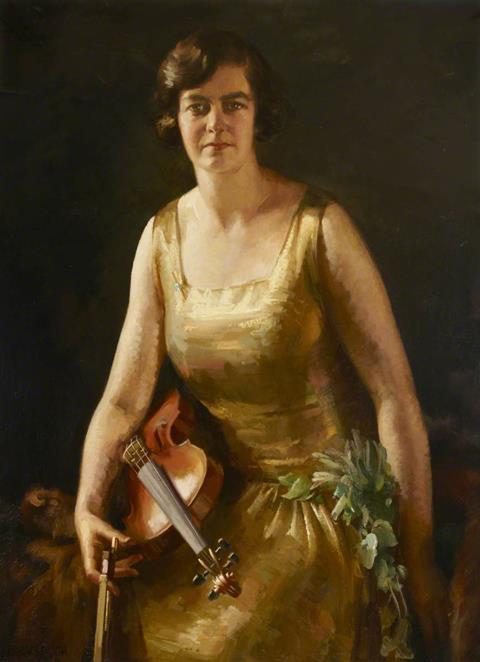
Recordings
From the time of her emergence as a solo artist until after the Second World War, Menges enjoyed a long and fruitful recording career. Her records were made predominantly for HMV although she also made chamber music recordings for Decca. Most significant among her recordings is her performance of the Beethoven Violin Concerto. Made at Hayes, Middlesex, just outside of London, in September 1923, it was the first recording ever made of the work in its complete form. (The Spanish violinist Juan Manén had made an abridged version of the Concerto on four 78 rpm sides in 1916.) Accompanied by the Royal Albert Hall Orchestra conducted by Sir Landon Ronald, Menges’s recording of the Violin Concerto followed on from the first recording of Beethoven’s ‘Emperor’ Piano Concerto with Frederick Lamond with the same orchestra conducted by Eugene Goossens.
Menges also made some of the earliest records of solo Bach; her reading of the composer’s Chaconne was the first-ever recording of that monumental movement. The Bach Sonata No.3 in E was one of three sonata recordings she made with the pianist Harold Samuel. Samuel was especially renowned for his interpretations of Bach, and had performed the complete Goldberg Variations at his London debut in 1898. Working alongside Donald Francis Tovey, he prepared the authoritative Associated Board edition of Bach’s complete Well-Tempered Clavier.
Menges also performed frequently with the Belgian pianist Arthur de Greef (1862-1940) who had been a pupil of Liszt. Described by the composer’s as ‘the best interpreter of my music I have met’, the pianist’s two recordings of Grieg’s beloved Piano Concerto have long been regarded as definitive. Along with the Schubert Sonatina No.3 in G minor, Menges and de Greef also recorded Beethoven’s ‘Kreutzer’ Sonata.
In Menges’s recordings of two of Handel’s most beloved sonatas the violinist is partnered by the Australian-born pianist Eileen Beattie. Beattie became Menges’s regular pianist and accompanied her in many short pieces. These include such favourites as Wilhelmj’s transcriptions of the Bach ‘Air on the G-string’ and Schubert’s Ave Maria, Brahms’s Hungarian Dance No.7 arranged by Joachim and De Falla’s Danse espagnole transcribed by Kreisler, as well as virtuoso showpieces by Wieniawski and Hubay.
Menges made the first recording of The Lark Ascending by Ralph Vaughan Williams. Inspired by a poem by George Meredith, twelve lines of which are inscribed above the score, this tone poem was originally scored for violin with piano accompaniment in 1914. After the First World War, however, Vaughan Williams orchestrated the piano part and this version has become the one by which the work is usually performed today. Although the British violinist Marie Hall gave the first performance of the revised version in 1921, it was Menges who made the first recording in 1928 with a young Malcolm Sargent at the podium.
A 2-CD set of Isolde Menges’s recordings outlined above is out from 17 May 2024 on Biddulph Recordings.
All images courtesy Biddulph Recordings.
Read: All-female string quartets after the First World War
Read: Who was violinist Kathleen Parlow?
Discover more Featured Stories like this in The Strad Playing Hub
The number one source for playing and teaching books, guides, CDs, calendars and back issues of the magazine.
In The Best of Technique you’ll discover the top playing tips of the world’s leading string players and teachers. It’s packed full of exercises for students, plus examples from the standard repertoire to show you how to integrate the technique into your playing.
The Strad’s Masterclass series brings together the finest string players with some of the greatest string works ever written. Always one of our most popular sections, Masterclass has been an invaluable aid to aspiring soloists, chamber musicians and string teachers since the 1990s.
American collector David L. Fulton amassed one of the 20th century’s finest collections of stringed instruments. This year’s calendar pays tribute to some of these priceless treasures, including Yehudi Menuhin’s celebrated ‘Lord Wilton’ Guarneri, the Carlo Bergonzi once played by Fritz Kreisler, and four instruments by Antonio Stradivari.

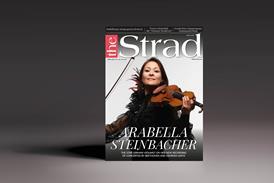
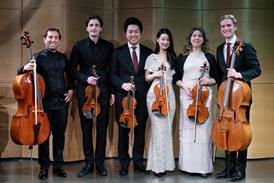

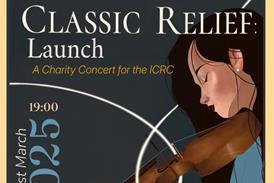
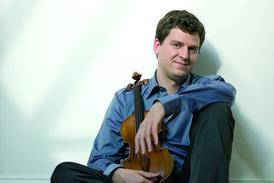
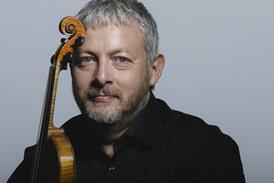
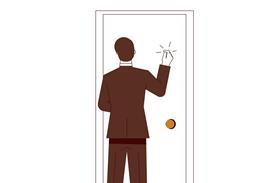

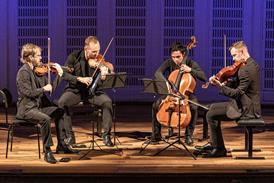
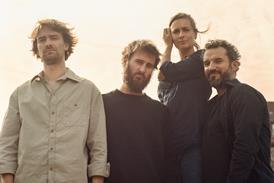
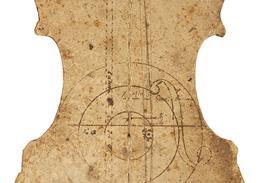
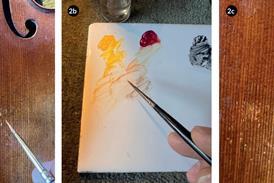
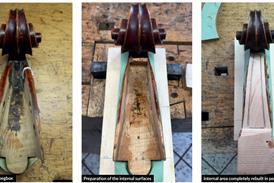





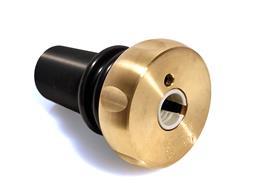
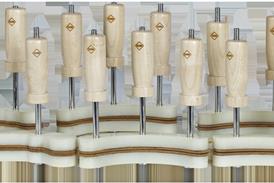
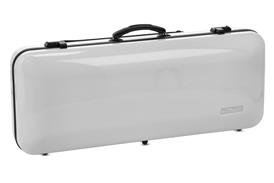















No comments yet